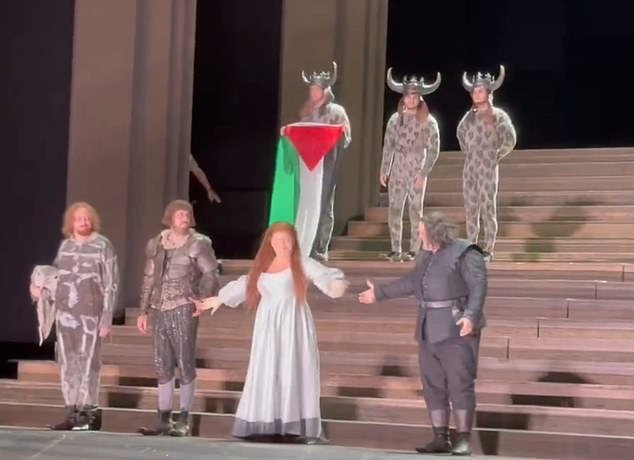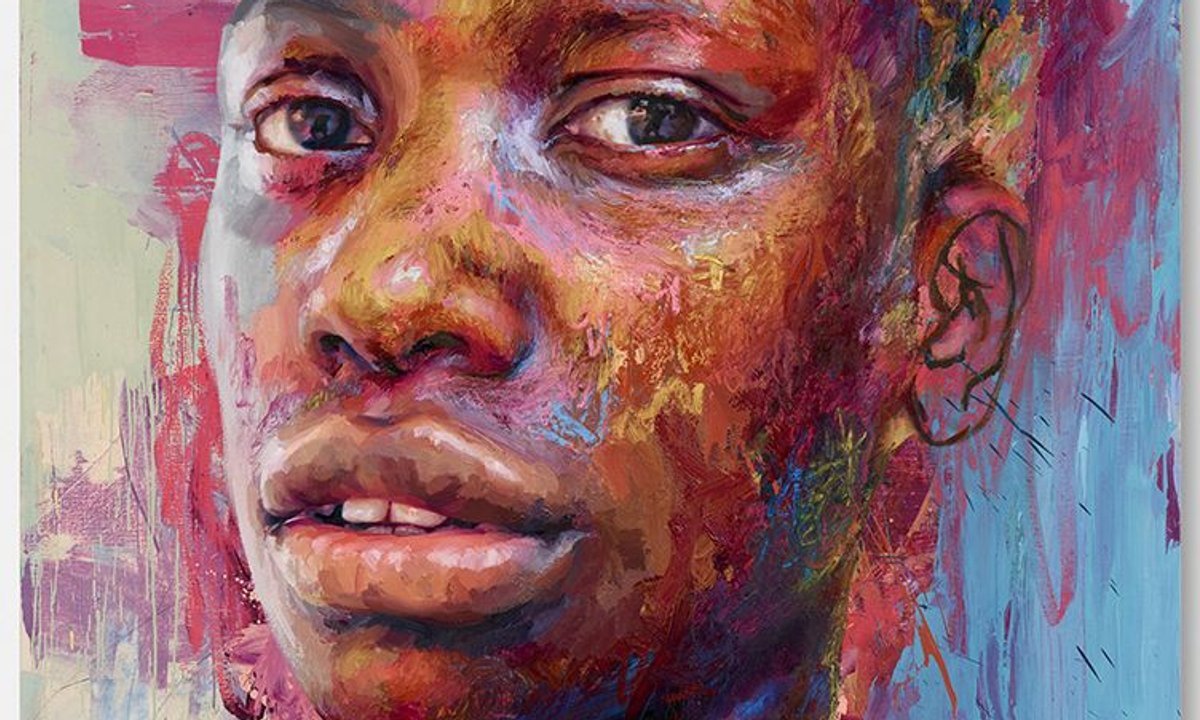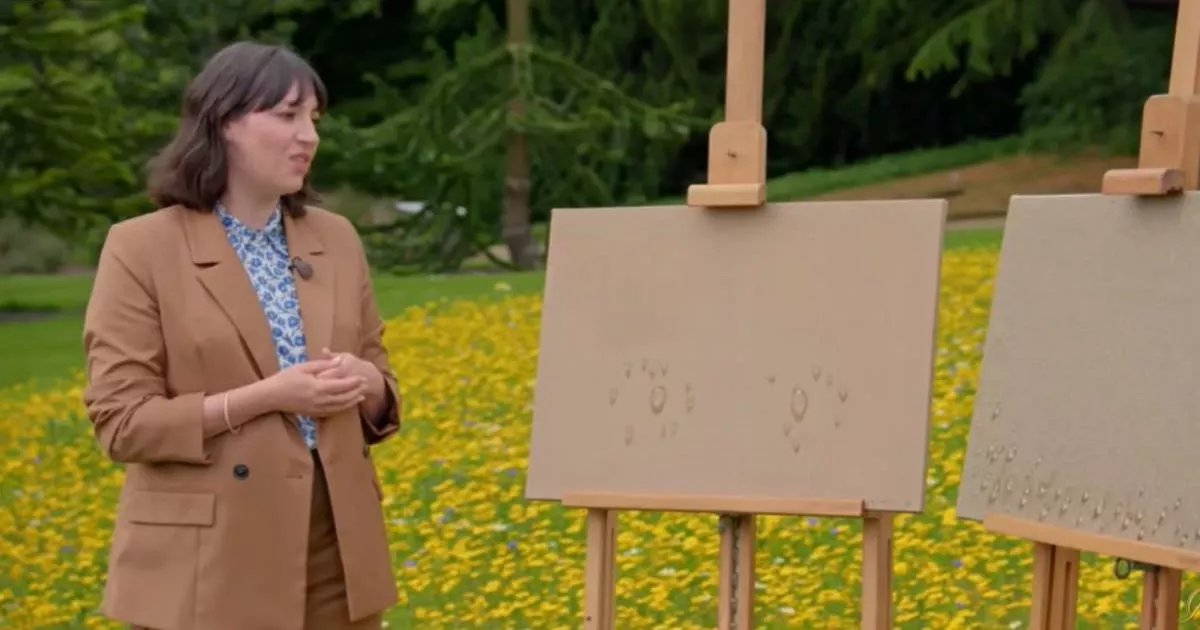After a stint in a soulless Midtown Manhattan space last year, the world’s longest-running photo fair returns this weekend with a 77-exhibitor lineup at the much less insipid Park Avenue Armory. From overlooked Polaroids to glossy celebrity portraits to manipulated images that grapple with painful personal histories, the show presented by the Association of International Photography Art Dealers (AIPAD) packs a punch.
Visitors are immediately met by Sarah Sense’s woven photographs at the entrance-facing booth of Bruce Silverstein Gallery. A member of the Choctaw Nation, Sense weaves contemporary images of Oklahoma with historical maps and manuscripts, entangling the histories that shaped her family’s reservation into physical representations of the ever-present nature of colonial violence. Lewis and Clark’s travel journals and a 1920 allotment map are folded into scenic landscape photographs, all arranged in the pattern of a traditional basket created by the artist’s grandmother.
“These are all divided by the number of people in the family, blood quantum, and age,” the gallery’s associate director, Milly Cai, told me on opening day, gesturing toward the undulated slivers of the map. “It’s a violent document.” She pointed to a line noting an 11-year-old child. Other scribbled records indicate whether people were “full” or “half” Native, statuses that determined how much land they were “allotted” by the government.



At the back of the fair, the research-focused MUUS Collection, which comprises more than half a million 20th-century photographs, presented a large exhibition of Polaroids by Deborah Turbeville, an artist credited with helping steer fashion photography from overtly commercial ad imagery toward fine art. Turbeville captured these images in preparation for final shoots, and nearly all of the works are marked with the tape she affixed to them decades ago. Women in couture lounge on sofas in decrepit, high-ceilinged rooms. The introductory text on the wall, penned by the Morgan Library’s Curator of Photography Joel Smith, notes the photographer’s commitment to “story-like situations” in “more or less gothic locales.” Some of the scenes are borrowed from cinema.

“You see the clothes, but they’re almost secondary,” MUUS Collection’s Christina Cacouris told me. “It was really bringing a whole new world into fashion.”
Still, Turbeville’s final images in Vogue have a more discernible focus on the products they helped to sell. “I think there’s a certain degree of liberation with the Polaroid,” Cacouris continued. “This was her opportunity to capture something of that moment and save it for herself in a more artistic context.”
Elsewhere in the fair, other displays — like those of Manhattan’s 19th-Century Rare Book and Photograph Shop — also seem destined for museum acquisition.

“The question that people first ask is, ‘How do we know that it’s the camera that Mathew Brady used?’” the gallery’s managing partner Jacob Loewentheil said, standing in front of the booth’s most eye-catching display (besides two large-scale portraits of a very serious-looking Abraham Lincoln). Brady, a Civil War photographer who was successful in his lifetime but ever-insolvent, went bankrupt, and his camera was sold at an auction of his belongings, creating a paper trail that Loewentheil classified as a “very fine provenance.” In 1957, Time magazine used the camera to photograph then-President Eisenhower. It was even lent to the Metropolitan Museum of Art for a 2013 exhibition.
In an adjacent display case, photographs by mid-19th-century photographer Emma Johnston are arranged in their original booklets. Johnston snapped hundreds of portraits of family members, friends, and intellectuals in late 19th-century England. A few breathtaking photographs depict mothers and their babies. The works, which offer the same heart-swelling depictions of nurturing motherhood as the paintings of Mary Cassatt, remained with Johnston’s family until recently, making their public debut at AIPAD.

Other gems are sprinkled throughout the fair, including Cooper & Gorfer’s “Anonymous Landscape” (2020) and Saïdou Dicko’s hand-painted archival pigment prints at the booth of Jackson Fine Arts in Atlanta. Jessica Wynne’s “Philippe Michel, Swiss Institute of Technology” (2019) is another standout. It’s a strikingly realistic and confusingly mesmerizing photograph of a messy chalkboard. The work of Argentinian artist Marcelo Brodsky, who took up photography in exile in the 1980s, is on view at the booth of Henrique Faria.
AIPAD has plenty of canonical pop culture offerings, too, including Andy Warhol Polaroids, Milton Greene photos of Marilyn Monroe, and Al Satterwhite celebrity portraits (the best of which is an action shot of Stevie Wonder). There’s plenty to see, and even some of the world’s most proliferated images appear novel when they’re blown up on glossy paper. Ormond Gigli’s “The Girls in the Windows” (1960) is arguably one of the world’s most famous photographs; here, it looks brand new.









